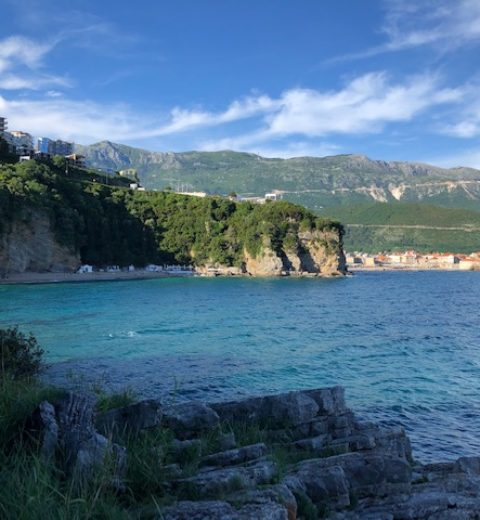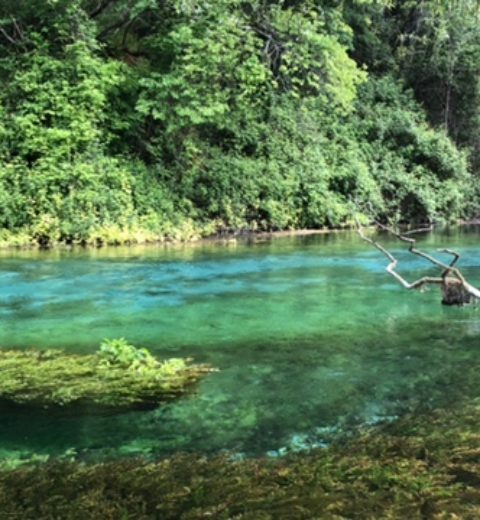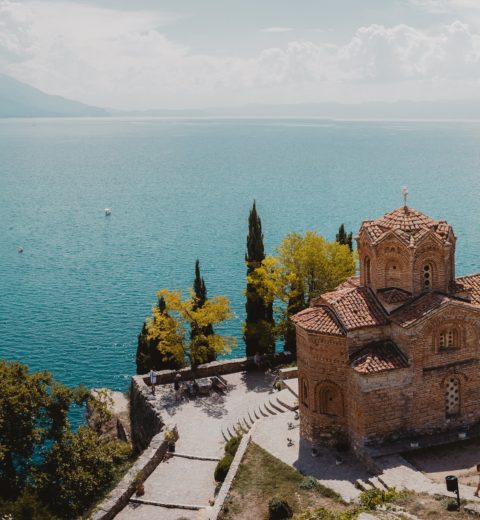Discovering Gibraltar
To say that Gibraltar is a unique place would be an understatement. How else would you describe a British exclave in the far southern reaches of the Spanish province of Andalusia, with a view of both Europe and Africa, settled by a singular melting pot of people, overlooked by a giant massif populated by monkeys.

Gibraltar is all this and more, its strategic location, exceptional history and stunning natural features make this small British Overseas Territory worth a visit.
Brief History
Human presence in Gibraltar dates back to Neolithic times if not before. The area has been extensively studied by archaeologists, palaeontologists, historians and anthropologists due to its unique location and attested presence of early humans. A UNESCO heritage site in Gibraltar is Gorham’s cave where it is believed that one of the last known habitations of Neanderthals in Europe, where they hid from the impending threat represent by early Homo Sapiens (i.e us).
The Phoenicians are thought to be the first ancient population to have settled, followed by local Celtiberian populations, Carthaginians and Romans. In ancient times the area dominated by the towering Rock of Gibraltar was known as the end of the known world and position of the legendary Pillars of Hercules. The European side was known as Mons Calpe opposing Mons Abylus on the African coast.

The name Gibraltar is of Arab origin, originally called Jabal Tariq from the eponymous Arab conqueror Tariq, who led the invasion of the Iberian Peninsula in the 700s. Gibraltar remained under Moorish control until it was reconquered by the Spanish Christians during the Reconquista in 1492.
Gibraltar’s modern history is what makes this “country” so unique. The area was conquered by an Anglo-Dutch force in 1704 during the Spanish war of succession. Instead of giving the territory back to Spain (due to its incredibly strategic location at the choke point entrance to the Mediterranean) the British opted to keep the promontory, which they still rule today. Though this has caused some friction between the two nations, local Gibraltarians, who are a mix of English, Catalan, Italian, French, Maltese and various other European immigrants (and a small minority of Africans and Asians) have time and again chosen to remain under British control.
Getting to Gibraltar
As it is an exclave, actually getting to Gibraltar can be tricky. As a British Territory, many airports in Britain offer direct flight to Gibraltar’s tiny airport. Not to worry if you’re not British, as the main cities in Andalusia (Cadiz and Algeciras) are within a short driving distance (Algeciras is literally on the other side of the bay and is visible from Gibraltar). Most travellers arrive at the Spanish border town of La Linea de Concepcion (another interesting location famed for its beautiful historic centre and lively gastronomic scene) and simply walking the 20 minutes up to the Gibraltarian border all the while moving closer to the giant Rock, that can be seen for miles in all directions.
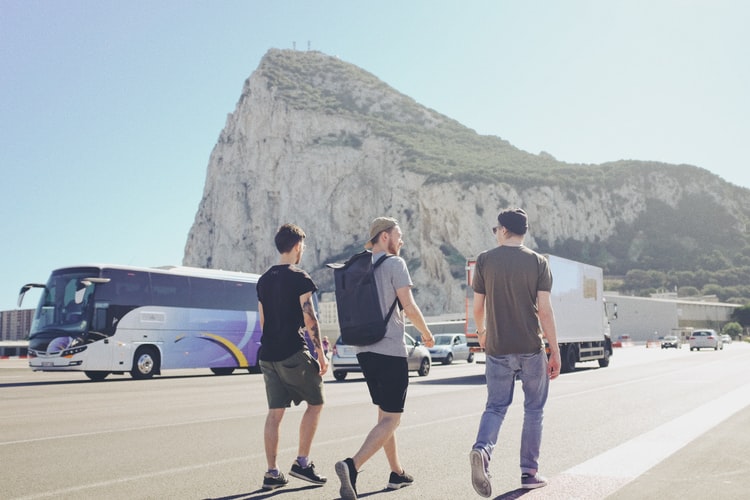
There are also hourly buses from La Linea de Concepcion and ferries from Tangiers on the Moroccan side. One can also drive directly to the border checkpoint (remember all documentation) but driving in Gibraltar is not the best of ideas, as its extremely compact and densely inhabited surface area make driving a very foolhardy endeavour. Almost all of the island can be reached by foot in any case. Public transportation also has all the hallmarks of British efficiency (no double deck buses though unfortunately).
Main Street
Our tour starts on Gibraltar’s main thoroughfare, aptly named Main Street. The almost surreal atmosphere dominated by the Rock, overlooking the bay of Algeciras with the shores of Morocco visible on the other side and the constant hubbub of mercantile, cargo and cruise ships (it has been calculated that almost half of the world’s seaborne trade passes through the Strait of Gibraltar) is compounded by the overt “Britishness” of the town. Its difficult to forget that you are in sunny Andalusia (that boasts around 300 days of sun a year) a far cry from the grey dampness of the British Isles.
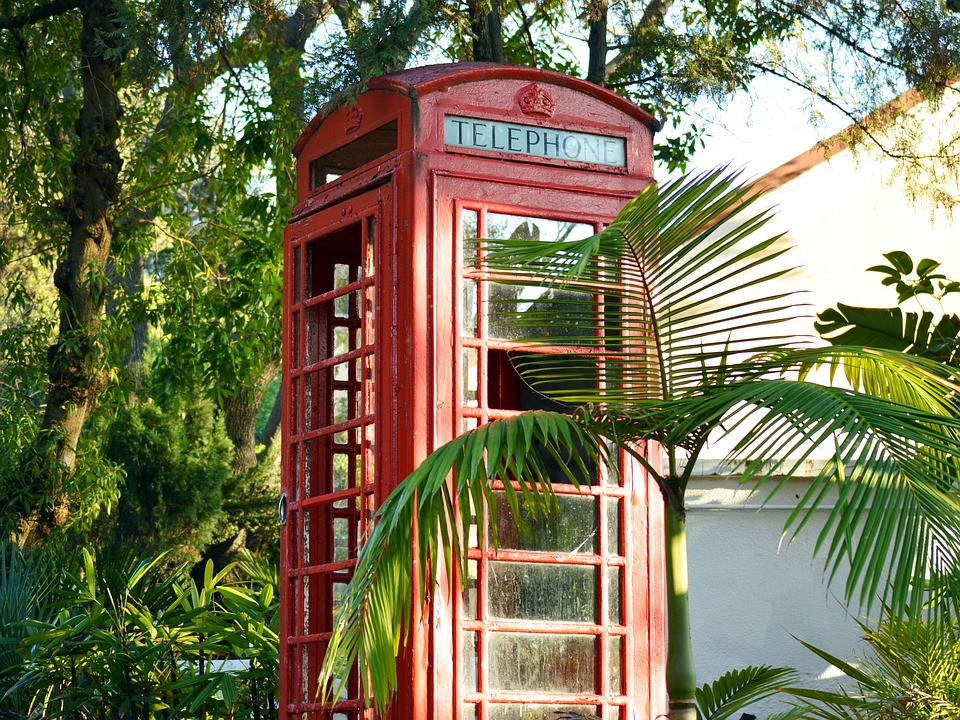
Telephone boxes, busts of English monarchs, blatantly British architecture, pubs, fish and chip shops and red coat British soldiers serve as constant reminder of where you really are (Gibraltar also uses its own version of pound sterling, though Euros are accepted almost universally).
The Rock and Saint Michael’s Cave
The defining landmark of Gibraltar is simply known as “The Rock” a massive rocky promontory that dominates the Gibraltarian landscape. The Rock has been known for centuries as an impregnable natural formation, heavily fortified by whoever held it. A testament to this is the unique system of underground passageways built into the solid limestone by the British to withstand any assault (and there were many). These are known as the Great Siege Tunnels and are visitable almost in their entirety today.

To get to the actual summit of The Rock, you can take a cable car at the end of Main Street. Walking up is also an option, with the starting point close to the old Jewish cemetery. The cable car ride could seem as a lazy alternative, but in its defence, it offers awesome views of the both the bay of Algeciras (including the city), the non-stop traffic of the Strait, the shores of Northern Africa and even the Spanish exclave of Ceuta in Morocco.
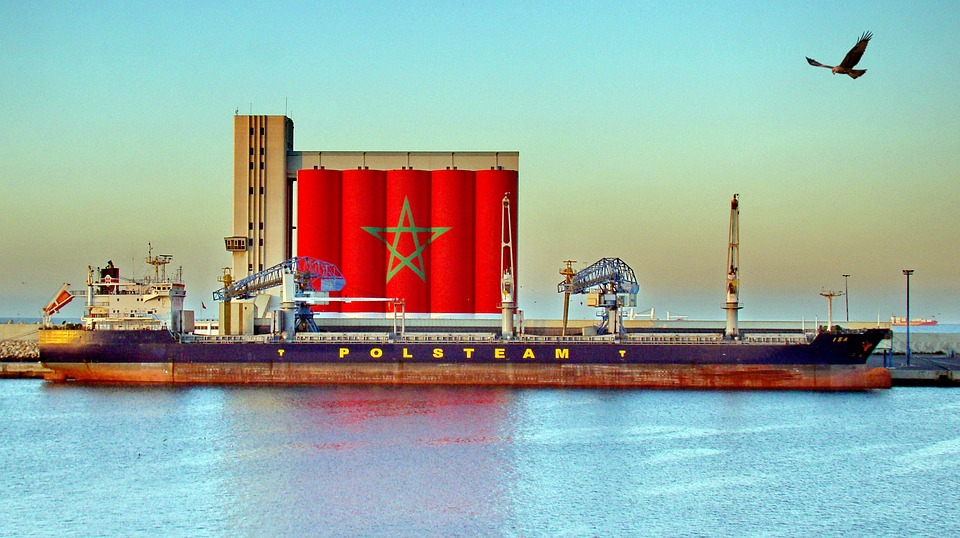
The top of the Rock (part of the Upper Rock Nature Reserve) is the place where we get to see Gibraltar’s 200 strong population of Barbary Macaques. These mischievous primates are everywhere up top, but tend to congregate in larger numbers in the so called Ape’s Den, an area coasting the old 16th century fortifications built by the Habsburg king Charles V to defend against the feared pirate Hayreddine Barbarossa.

Heading down from The Rock (which although steep and sided by sheer cliffs, it is only 436m high so quite an easy trek) we arrive at another of Gibraltar’s most cherished landmarks. One of many natural/human hybrid structures is Saint Michael’s Cave, a massive natural cave filled with stalactites that has been reconverted to an amphitheatre and is today used as a concert hall and event centre. A tour to the lower part of the cave system (an almost 3-hour descent) takes you all the way down to a gorgeously eerie subterranean lake.
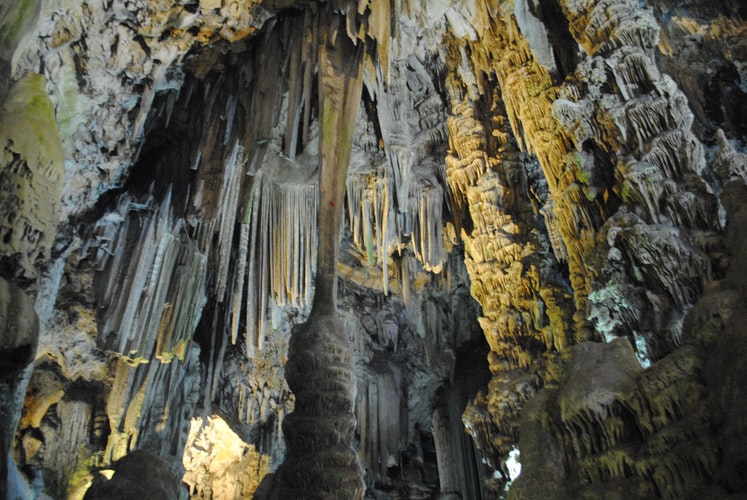
A short distance from the cave and we find the famed Mediterranean Steps, a rocky walkway with dizzying views but that also give the opportunity for a wonderful stroll through the arid Andalusian shrubbery that can easily make you forget you’re in Europe. Gibraltar’s flora and fauna at the cross section of two continents is one of the most unique in the world (remember the monkeys). It is common to see migratory birds and just The Rock itself is home some 500 different species of flowers and plants.
The Moorish Castle and Alameda Gardens
A constant reminder of Andalusia’s Berber and Arab influence is the once mighty Moorish Castle. This strikingly imposing castle has dominated the strait for the better part of a thousand years (though it has been reconstructed numerous times). The looming Tower of Homage rises high above the battlements, the Union Jack flapping on its spire is a singular vision of an English flag placed atop an Islamic fortress. Not far off are the sumptuous Alameda Gardens which also contain the grand Trafalgar Cemetery, built to honour the many who perished during the pivotal sea battle that saw England’s Lord Horatio Nelson face Napoleon’s French Armada.
A special mention should go the 100 Ton Gun in Rosia Bay (it must be stressed that all these landmarks are all in walking distance from one another), a massive 18th century cannon that points to the then enemy city of Algeciras. Legends say that it is actually pointing to a hidden case of rum in which the remains of Lord Nelson were carried after the battle of Trafalgar.
Punta Europa and the beaches of Catalan Bay
The southern most point of Gibraltar and the only place where public transportation is warranted to get there is the promontory of Punta Europa and its lighthouse. Relaxing and taking in the sights of the strait is an awesome experience. If you get lucky you might even spot one of many dolphins the swim in these waters but a guided boat tour will max your chances for dolphin and even whale sightseeing to 100%.
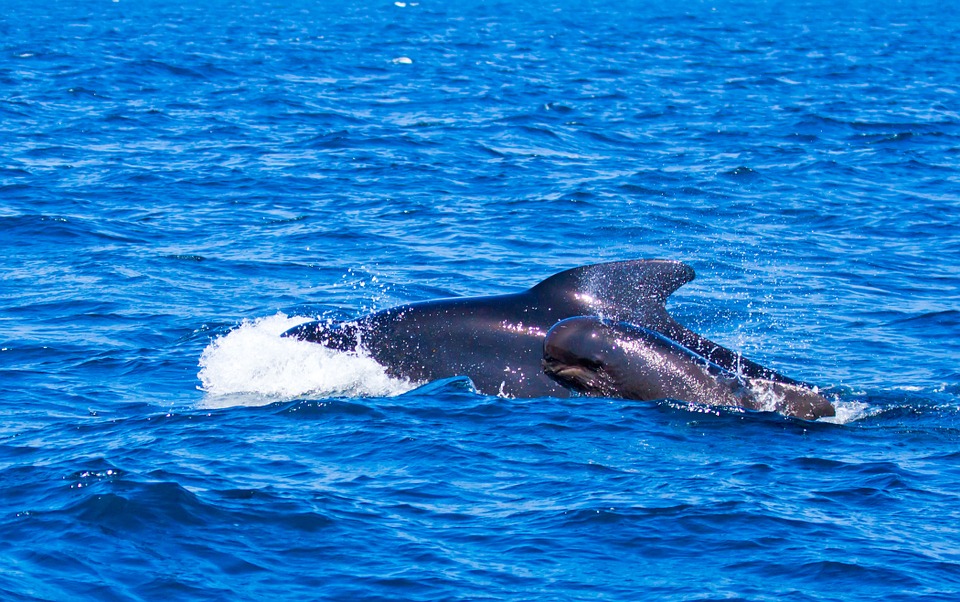
On the eastern side of Gibraltar is Catalan Bay, recognizable for its picturesque and brightly coloured fishing village and its sandy beaches (the southernmost in Europe apart from nearby Tarifa in Spain, another great and close by destination, renowned as a hub for surfing, windsurfing and kitesurfing).
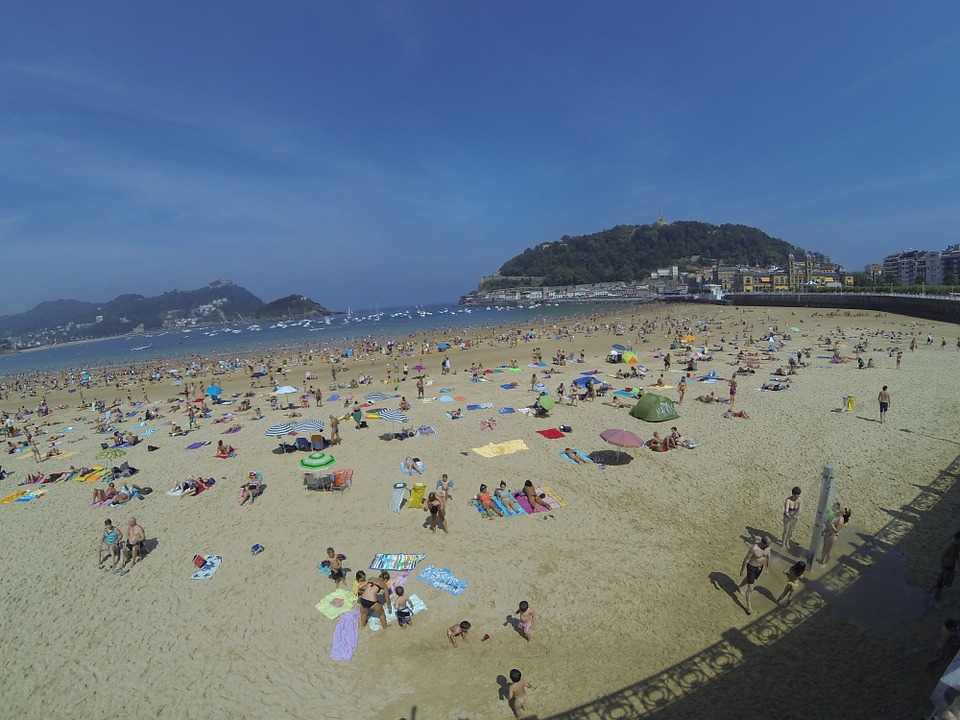
With this we finish our tour of Gibraltar. Though small and compact, this incredibly interesting country within a region within a country merits a visit. Stunning views, incredible history, awe-inspiring landscape at the crossroads of two continents and an array of naturalistic beauty, flora and fauna that has no counterpart in Europe. Plus, you get to see monkeys on technically English soil.



